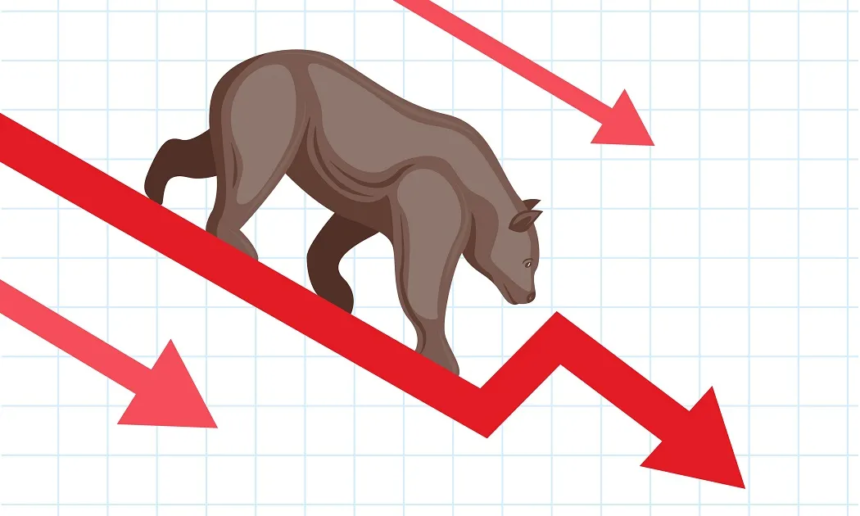A Bear Market refers to a period in financial markets when prices of securities, such as stocks, are falling or are expected to fall. The term is often associated with a decline of 20% or more from recent highs in broad stock indices, like the S&P 500 or Dow Jones. This market phase is often marked by pessimism, investor fear, and the expectation of further declines.
Key Takeaways
- Bear Market occurs when market prices decline by 20% or more.
- Typically driven by factors like economic downturns, geopolitical instability, or tightening of monetary policy.
- A contrary indicator to the bull market, when prices rise.
- Example: The 2008 financial crisis led to a significant bear market in the housing sector and stock markets.
Factors Contributing to Bear Markets
Bear markets can be triggered by multiple factors including:
- Economic Recession: During a recession, companies report lower earnings, leading to a fall in stock prices.
- Global Events: Crises such as wars or pandemics, for example, COVID-19, can cause investor panic, triggering a bear market.
- Interest Rates: Rising interest rates can dampen business growth and investment, pushing stock prices down.
How to Identify a Bear Market?
While bear markets don’t follow a specific pattern, they often follow a long period of bullish sentiment. Investors become overly optimistic, leading to inflated stock prices that eventually correct. Indicators such as falling market indices and widespread pessimism help identify the onset of a bear market.
Example of a Bear Market
The Global Financial Crisis of 2008 serves as a classic example of a bear market. During this period, stock markets worldwide saw steep declines, with U.S. markets experiencing losses in excess of 50%. Investors shifted to safer assets, leading to a contraction in the economy.





